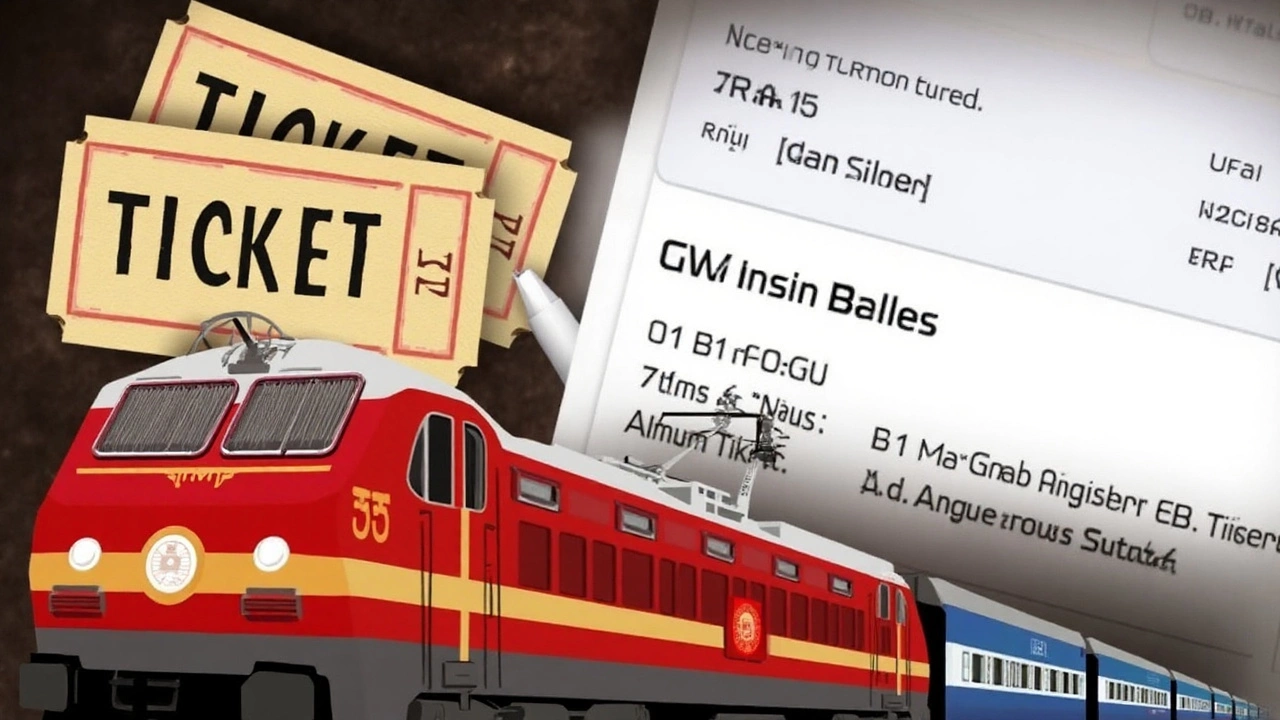Mobile Ticketing: How It Works and Why It’s Worth Using
Ever wondered why more concerts, movies, and public transport services are offering tickets straight to your phone? Mobile ticketing is the answer. It’s a digital way to buy, store, and show a ticket without ever touching paper. All you need is a smartphone, an internet connection, and a reliable app.
How Mobile Ticketing Actually Works
When you purchase a ticket online, the vendor’s system creates a unique QR code or barcode linked to your order. That code is sent to the app you chose – it could be the venue’s own app, a third‑party platform like Ticketmaster, or even a payment app that supports tickets. You open the app, tap the ticket, and the code appears on your screen. At the gate, a scanner reads the code, checks it against the vendor’s database, and lets you in.
The whole process happens in seconds. Because the code is generated on the spot and tied to your purchase, fraud is much harder. If you lose your phone, most services let you log in on another device and retrieve the same ticket, so you’re not stuck at the door.
Benefits That Make Mobile Tickets Better Than Paper
Speed. No standing in line to pick up a physical ticket. You can buy and receive it instantly, even minutes before a show.
Security. A QR code can’t be copied with a pen. Vendors can instantly invalidate a ticket if they suspect abuse, which protects both the buyer and the organizer.
Convenience. All your tickets live in one place. Need to check the time of a movie? Just open the app. Want to share a seat with a friend? Forward the ticket directly from the app.
Eco‑friendly. Fewer paper tickets mean less waste. It’s a small step, but it adds up when thousands of events go digital.
Real‑time updates. If a show gets delayed or a seat changes, the app can push a notification instantly. You never have to call the box office.
To get the most out of mobile ticketing, follow a few simple habits. First, keep your phone’s battery charged; a dead phone can cause a last‑minute scramble. Second, enable push notifications for the ticket app so you never miss an update. Third, make sure the app is updated – newer versions often fix bugs that could affect scanning.
If you travel by train or bus, many transit authorities now use mobile tickets the same way events do. You can purchase a fare, receive a QR code, and show it to the conductor. This eliminates the need to carry a physical token and speeds up boarding.
Overall, mobile ticketing turns a traditionally clunky process into something you can handle with a few taps. It saves time, reduces hassle, and brings a higher level of security to both buyers and event organizers. So next time you see a “Mobile Ticket” option, give it a try – you’ll likely wonder why you ever used paper at all.
- Dustin Chamberlain
- 0
UTS App Lets Indian Rail Passengers Skip Ticket Queues
Indian Railways has rolled out the official UTS app to let commuters book unreserved tickets from their phones. The tool works on Android, iOS and Windows phones and offers both paper and paper‑less options. After a quick one‑time registration, users can pay via R‑Wallet or popular digital methods. The app tracks travel history, supports platform and season tickets, and aims to cut waiting lines, especially during peak festive travel.
Read more